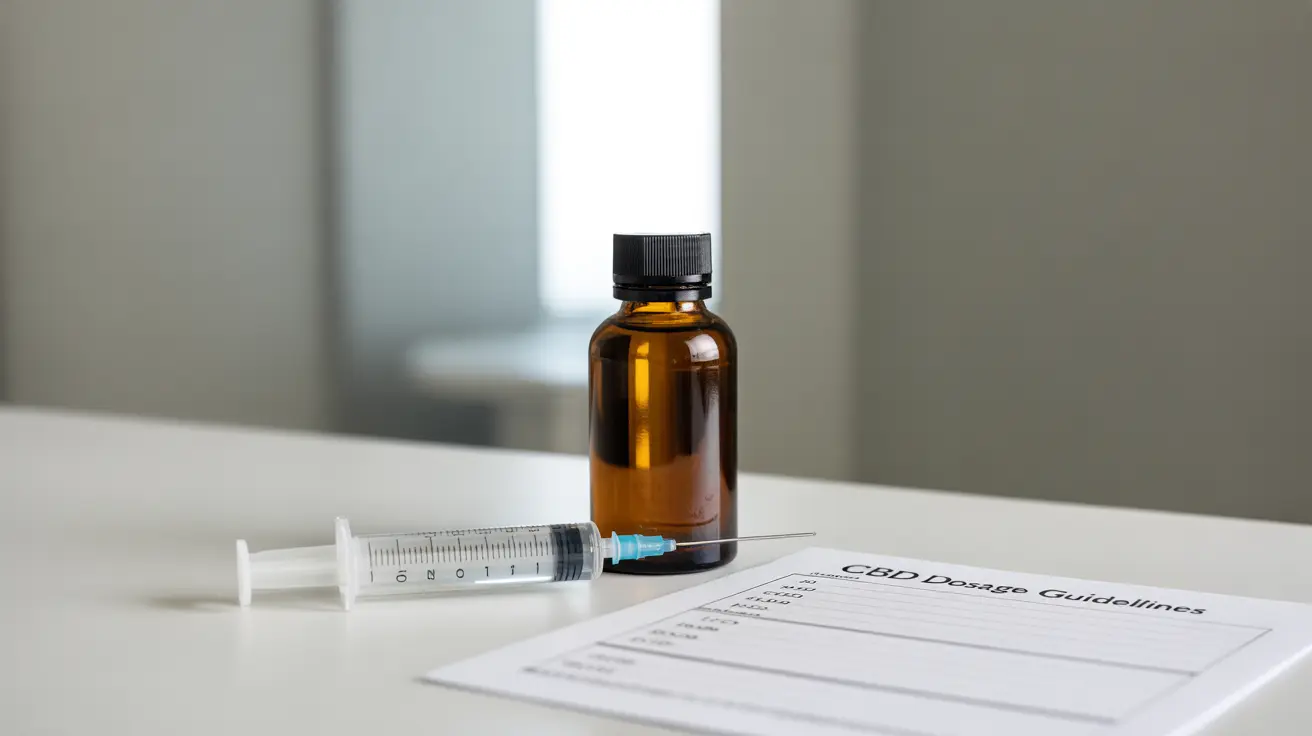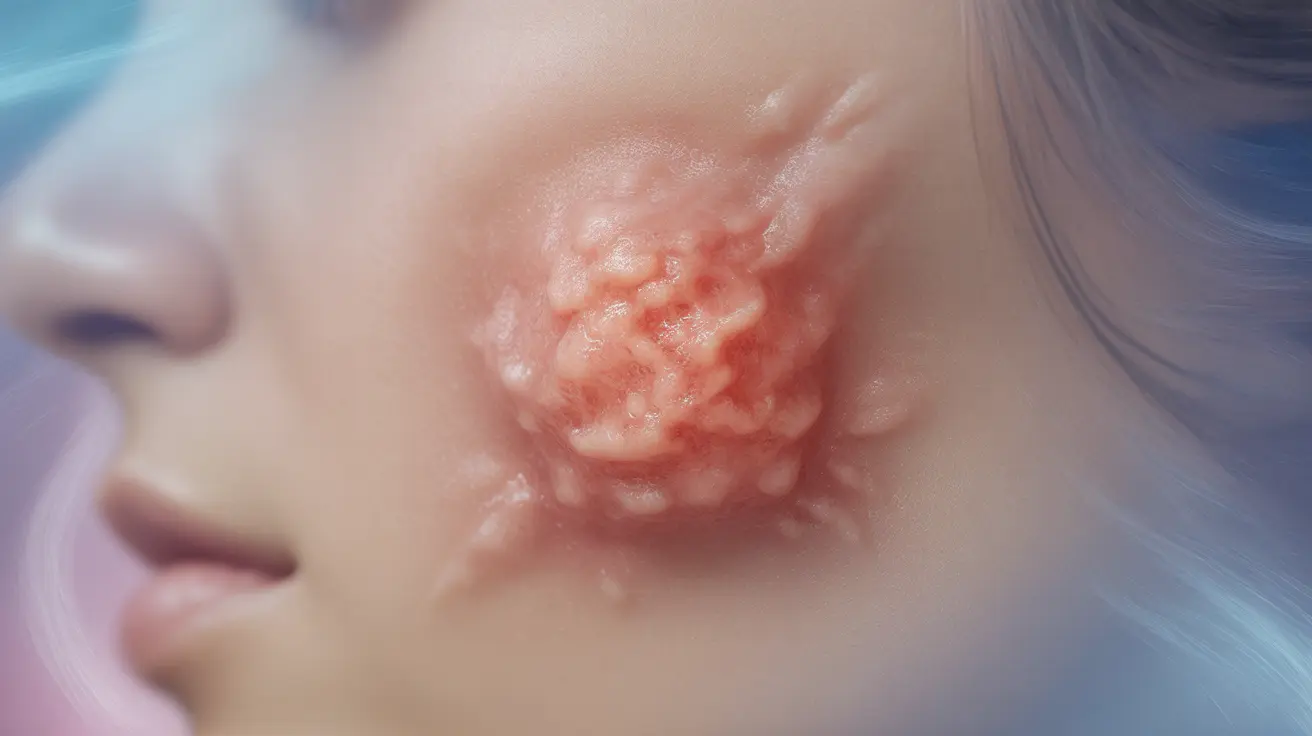Discovering a lump in the perineum area—the region between the genitals and anus—can be concerning. While many perineum lumps are benign and treatable, understanding their causes and knowing when to seek medical attention is crucial for proper care and peace of mind.
This comprehensive guide explores the various types of perineum lumps, their symptoms, available treatments, and important warning signs that indicate the need for medical evaluation.
Common Types and Causes of Perineum Lumps
Perineum lumps can develop for several reasons, ranging from minor concerns to more serious conditions that require medical intervention:
Cysts
Epidermoid cysts are common in the perineum area, forming when skin cells grow inward instead of shedding normally. These smooth, round lumps are usually painless unless infected and can vary in size.
Abscesses
Bacterial infections can lead to painful, swollen abscesses in the perineum. These typically develop from blocked sweat glands or hair follicles and may be warm to the touch and filled with pus.
Hemorrhoids
External hemorrhoids can present as lumps near the anus, often causing discomfort, especially during bowel movements. They result from swollen blood vessels and may be accompanied by itching or bleeding.
Signs of Infection and Complications
Recognizing signs of infection is crucial for proper treatment and preventing complications. Watch for:
- Increasing pain or tenderness
- Redness or warmth around the lump
- Fever or chills
- Discharge or bleeding
- Foul odor
- Spreading inflammation
Treatment Approaches
Conservative Management
Many perineum lumps can be managed with conservative treatments, including:
- Warm compresses
- Sitz baths
- Over-the-counter pain relievers
- Good hygiene practices
Medical Interventions
More serious cases may require professional treatment such as:
- Antibiotics for infections
- Surgical drainage of abscesses
- Removal of persistent cysts
- Hemorrhoid treatment procedures
Prevention and Lifestyle Modifications
Several lifestyle changes can help prevent perineum lumps or reduce their recurrence:
- Maintaining proper hygiene
- Wearing breathable, cotton underwear
- Avoiding prolonged sitting
- Staying well-hydrated
- Regular exercise
- Managing underlying conditions
When to Seek Medical Care
Contact a healthcare provider if you experience:
- Severe or increasing pain
- Signs of infection
- Rapid growth of the lump
- Bleeding or unusual discharge
- Difficulty with daily activities
- Fever or systemic symptoms
Frequently Asked Questions
**What are the most common causes of a lump in the perineum area?** The most common causes include cysts, abscesses, hemorrhoids, and infected hair follicles. These can result from bacterial infections, poor hygiene, or underlying health conditions.
**How can I tell if a perineum lump is infected or needs medical treatment?** Signs of infection include increasing pain, redness, warmth, swelling, fever, and discharge. If you notice these symptoms or if the lump is growing or causing significant discomfort, seek medical attention.
**What are the typical treatments for perineum lumps such as cysts, abscesses, or hemorrhoids?** Treatment options range from conservative measures like warm compresses and sitz baths to medical interventions including antibiotics, surgical drainage, or removal procedures, depending on the type and severity of the lump.
**When should I see a doctor if I notice a lump in my perineum?** See a doctor if the lump is painful, growing, shows signs of infection, bleeds, or interferes with daily activities. Also seek medical care if you develop fever or other systemic symptoms.
**What lifestyle changes can help prevent lumps or discomfort in the perineum region?** Maintain good hygiene, wear breathable clothing, stay hydrated, exercise regularly, and avoid prolonged sitting. Address any underlying health conditions and practice proper toileting habits.




